Tag Archive for: KINDRA

KINDRA Final Conference, Brussels
Over the past 3 years the La Palma Research has been part of…
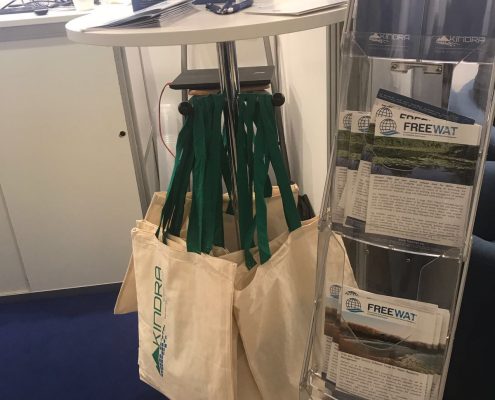
KINDRA Steering Committee Meeting & World Water Week in Stockholm, Sweden
The most recent KINDRA meeting, that took place in Stockholm…
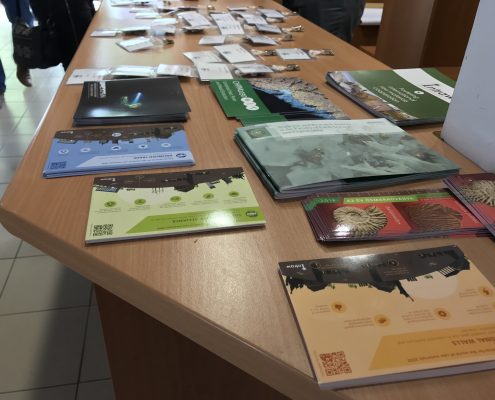
FEMP annual reunion in Sopron, Hungary
The Federation of European Mineral Programs (FEMP) annual reunion…
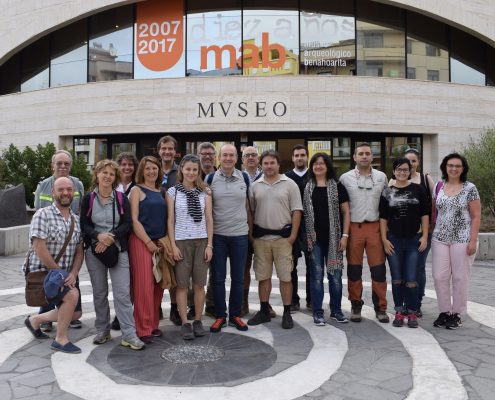 https://www.lapalmacentre.eu/wp-content/uploads/group-photo-3.jpg
3633
4982
Adrienn Cseko
https://www.lapalmacentre.eu/wp-content/uploads/LPRC-LogoNegative-Blue-1030x275.png
Adrienn Cseko2017-06-28 16:40:372021-01-05 16:35:50KINDRA 3rd Workshop with the Joint Panel of Experts
https://www.lapalmacentre.eu/wp-content/uploads/group-photo-3.jpg
3633
4982
Adrienn Cseko
https://www.lapalmacentre.eu/wp-content/uploads/LPRC-LogoNegative-Blue-1030x275.png
Adrienn Cseko2017-06-28 16:40:372021-01-05 16:35:50KINDRA 3rd Workshop with the Joint Panel of Experts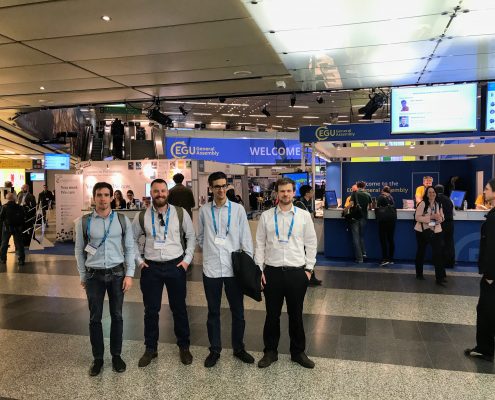
La Palma Research Centre presents multiple projects at EGU 2017
The 2017 European Geoscience Union's (EGU) General Assembly took…
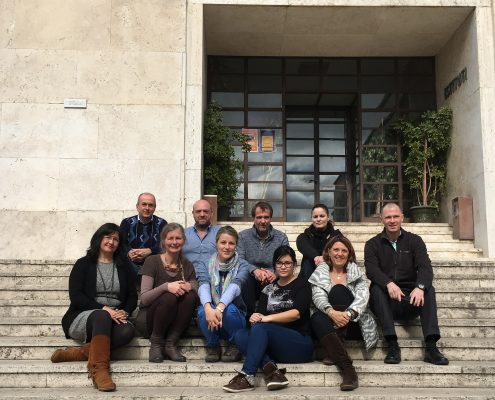
KINDRA Progress Meeting, Rome
On the 1st and 2nd of March 2017, LPRC colleagues Ariadna Ortega…
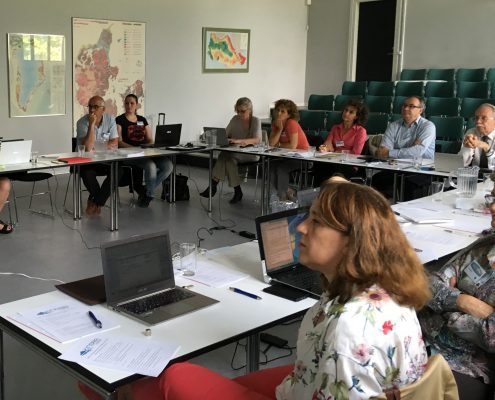
LPRC’s H2020 projects in Budapest Water Summit 2016
The Hungarian capital hosted the "Budapest Water Summit 2016…
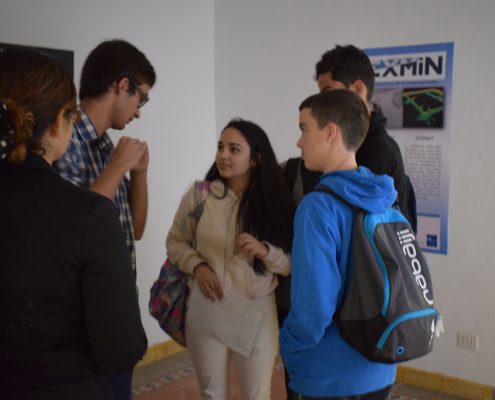
Scientific week in the Canary Islands: “Semanas de la Ciencia y la Innovación en Canarias”
LPRC is part of the “Semanas de la Ciencia y la Innovación…

KINDRA Copenhagen meeting with the Joint Panel of Experts
Project partners introduced and discussed the latest results…
